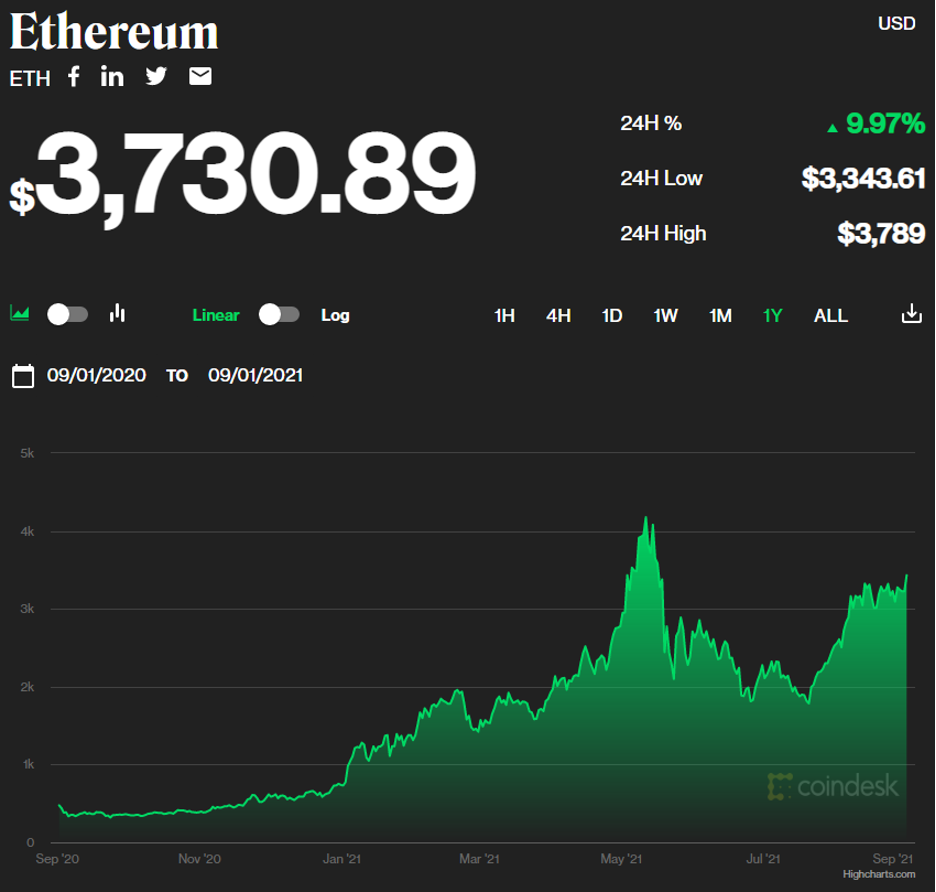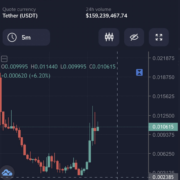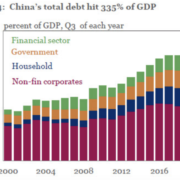It’s my responsibility to new readers of the Mad Hedge Bitcoin Letter to offer an imminent snapshot of where we are in the crypto universe at this point in time.
It would be negligent if I didn’t.
To say that Bitcoin is the only investment in the crypto sphere is also not true — sure, Bitcoin is the biggest, most trusted crypto network, and many have become grotesquely wealthy because of it — yet there are other altcoins out there.
Knowing what to digest and what to avoid like the plague is where I come in.
Don’t get me wrong — I am still highly bullish on Bitcoin as an asset, but we do not operate in a vacuum.
Many altcoins have been doing just as well as Bitcoin in the past month — Bitcoin is up 20%, and another 5% to $50,000 on Thursday.
Ethereum, for instance, had dropped below $3,200 on Monday. However, the second-largest crypto added more than $500 since then and up another 10% on Wednesday.
It hasn’t been this high since May and I can easily see it blowing by the May high of $4,200 before December.
As one might have assumed, lesser coins with cheaper pricing benefit/suffer from the law of small numbers with wider gaps in percentage change on up and down days.
It’s just the nature of the beast.
Overall, the second largest cryptocurrency by valuation performing well is a highly bullish signal for Bitcoin itself.
It also signals increasing adoption which is positive for the security and regulation of the broader asset class.
I subscribe to the “rising tide lifts all boats” theory in cryptocurrencies as it does more to legitimize the top asset than pull capital away from it.
The most poignant takeaway is that readers cannot just overlook other cryptocurrencies just because Bitcoin is the apex warrior.
Returning to the foundations, cryptocurrencies have a reputation for being difficult to understand, so don’t be embarrassed if you’re befuddled — I felt the same way the first day I tried to understand this stuff.
The Harris Poll earlier this year found that 61% of people who had heard of cryptocurrencies still had little or no understanding of how they work.
How Do I Buy Bitcoin?
Conventional wisdom has it that the most likely route is a Bitcoin online exchange.
Create an account — enter a payment method.
Reputable exchanges will require information such as bank account details or a debit or credit card.
Then proof of identity is required such as a driver’s license, ID, or passport.
After verification, purchase Bitcoin by transferring it to a personal hot wallet and buy and sell the asset!
Remember that these accounts coming directly from bitcoin brokers aren’t insured and aren’t secure.
Therefore, a better way to mitigate risk is by going through a Bitcoin ETF on the U.S. public markets with an official broker registered with the Security and Exchange Commission (SEC).
Not only do public stocks provide additional security as a bitcoin trading vehicle, but ETFs are an aggregation of crypto-asset tracking data points reducing the volatility even more.
Unregulated crypto exchanges come with a higher understanding of operational and systemic risk and not everyone wants to venture into the arid Wild West without a horse or water.
If you trade with an official brokerage registered with the SEC, you are covered by Federal Deposit and Insurance Corporation (FDIC) insurance up to $250,000 per account holder in a financial institution.
If there are joint owners, then the account is insured up to $500,000 ($250,000 for each owner).
The FDIC is a U.S. government agency so, in effect, these accounts are federally insured.
There is also another layer to this — you are covered by Securities Investor Protection Corporation (SIPC).
SIPC is a U.S. government creation but not an agency of the U.S. and insures all brokerage accounts up to $500,000, but only up to $250,000 for cash in such accounts that are intended to be used for securities transactions.
Cash in brokerage accounts only for the purpose of earning interest are not protected. While SIPC has been established by Congress, it is funded by all of its member broker/dealers.
In many cases, SIPC protects against unauthorized trading or theft in the account.
My favorite crypto ETF is Amplify Transformational Data Sharing ETF (BLOK) which has morphed into one of the best crypto ETFs on the market since its inception.
BLOK is an actively managed ETF that seeks to provide total return by investing at least 80% of its net assets in equity securities of companies actively involved in the development and utilization of blockchain technologies.
BLOK’s biggest two positions are Bitcoin proxy MicroStrategy (MSTR) and a Canadian crypto mining company called Hut 8 Mining Corp (HUT).
I have already shot out a MicroStrategy trade alert to new readers and am incredibly bullish on the company.
However, this ETF encompasses more than MSTR offering broader exposure to firms related to Bitcoin, crypto miners, and software companies that are heavily into crypto.
Hut 8 engages in industrial-scale bitcoin mining operations. It also owns and operates 38 BlockBoxes in Drumheller, Alberta, and 56 BlockBoxes in Medicine Hat, Alberta.
BlockBoxes are one of the most powerful and cost-effective bitcoin mining units available on the market.
BLOK doesn’t track bitcoin 1:1, but it does mimic the price action relatively closely albeit with less extreme swings.
Controlling excess volatility is something you should be happy about.
BLOK also has an expense ratio of 0.71% which isn’t too expensive for those who want to buy and hold the ETF and not trade the derivative.
Buying BLOK is most likely the best way to ensure safe trading under the framework of the SEC, but I understand others have a higher risk profile which is also welcome.
To understand more about the ETF BLOK, click here.
The crypto revolution is in its early stages and the possibilities are endless considering the adoption is just beginning.
However, we cannot just assume bitcoin will always lead the charge and taking note of what is happening in the rest of the industry offers us an even deeper insight into how the bellwether (bitcoin) is performing and reacting to the future challenges as top dog.
The truth is that there will be several winners from higher crypto prices and not just bitcoin. As a technology, blockchain will also be a massive winner from higher crypto prices.
Even if one does not want to profit from crypto, this will be the intellectual challenge of a lifetime.
Lastly, I’d like to reiterate my call for the price of Bitcoin at $66,000 by end of 2021 where it will test a double top.
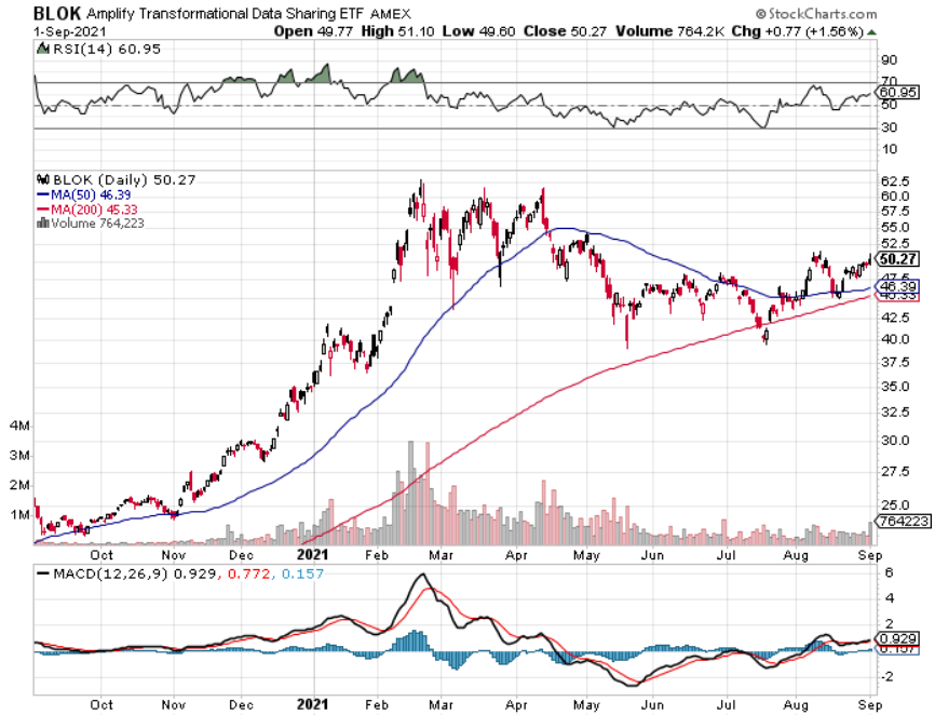
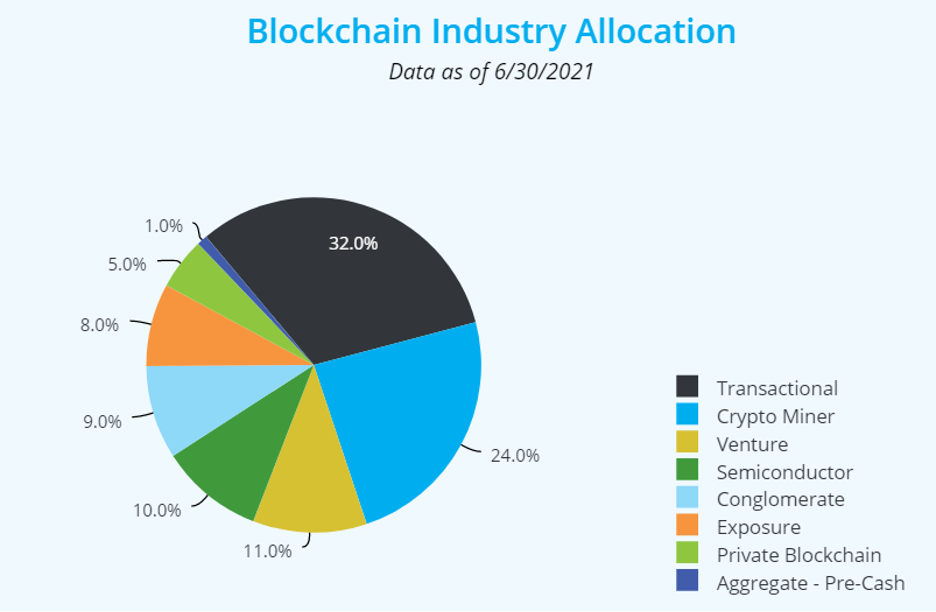
BLOK ETF INDUSTRY ALLOCATION
